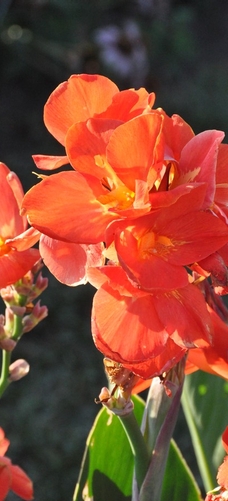For use in large yards or areas. Best in eastern and central Kansas, needs protection in western Kansas.
Juglans nigra
Black Walnut
Tips for Homeowners:
When the tree drops its bounty and during the husk decomposition of the nut the ground beneath the tree can be rather messy.
Rate this Plant:

A native tree popular for its lumber and for its edible nuts plus valuable as a shade tree, but important not to sit beneath it without a helmut in the fall when fruit is dropping.
- Yellow in fall
- Large taproot
- Edible nuts
Height: 75-100 ft
Spread: 50-100 ft
Zone: 4-9
Color: Green
Interesting Notes about Black Walnut:
This nut-producing tree grows very tall, in fact, there is a reported tree that is measured at 112' tall by 144' wide. It has a tap root which makes it somewhat challenging to transplant. It takes a few years before the tree produces any fruit and about 20 years before the tree is in full production. The walnut tree produces a chemical which inhibits the growth of some plants in the nearby landscape or garden.

Characteristics & Attributes
Attributes:
- Naturalizing
- Mass Planting
- Drought Tolerant
- Specimen
- Great Foliage
- Attractive fruit
- Edible
- Native
Foliage Color:
- Yellow
- Green
Exposure:
- Full Sun
Critter Resistance:
- Rabbit Resistant
Soil Moisture:
- Average Water


